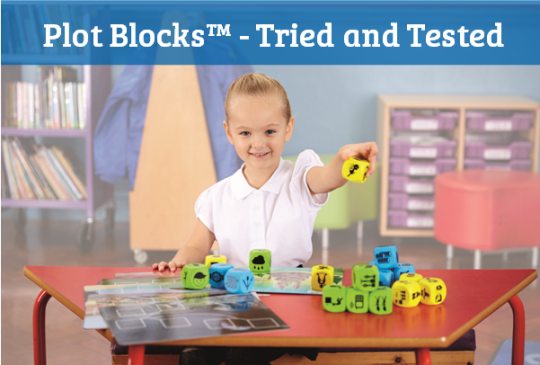
Storytelling With Your Child
- Learning Resources Posted On Jan 28, 2021 | Learn
Storytelling is a fun way (and one of the oldest ways) of teaching. Storytelling with your child is a great way to spend time together being creative and discovering more about each other and the world.
One of the great things about storytelling with your child is easier than you think! It isn’t about creating a gripping plot. You tell engaging stories every day without realising, whether it’s telling someone about a TV show or relaying details of birds you saw on a family walk. What matters is that you’re spending time together enjoying a rewarding activity.
Check out other related content on our blog:
The benefits of storytelling with your child
Storytelling is an important way to develop key skills including:
- Pre-literacy skills including language and vocabulary
- Communication skills
- Active listening
- Empathy
Storytelling encourages children to explore their creativity and imagination. And, in our busy modern lives, telling your children a story at night is a precious bonding experience. Even if you only have 10 minutes, it’s an activity that families can look forward to and enjoy.
Tell me a story…


Image: Getty
Beginning your storytelling journey is easier than you think. A good place to start is with your child’s favourite stories. These aren’t limited to books. Great ideas can come from their favourite movie, TV show, comics, toys, games, or even sporting events. Any topic that engages your child’s attention and imagination will work.
Use books for prompts
Books are an ideal starting block for storytelling. Use your child’s favourites and prompt the process by asking explorative questions such as…
- How would the story turn out if something happened in a different way halfway through?
- Is this character sad, angry, or scared? What would happen if they were happy or brave?
- What happened after the end?
- If the book has a sequel that introduces a new character, what was that character doing in the previous book?
Write and draw stories
Expand the storytelling experience by getting your child to make their own books. This can be as simple as folding a few sheets of A4 paper in half – don’t forget that the cover needs an illustration. Keep your books and build up a family library.
Turn this activity into a fun craft project. Here are some creative ideas on How to Make Books for kids.
.
More ideas for storytelling with your child
Writing isn’t the only way your child can tell a story. Try these creative activities for even more imaginative fun.
Get arty
Have your child illustrate a scene from their favourite book, TV programme, movie, or anything else that gets them engaged. Then ask questions like:
- What is happening here?
- What happened beforehand to make this scene happen?
- How does this character feel?
- What happens next?
Create a one-of-a-kind book cover
Get your child to create their own book cover. This could be for their favourite story, or a book they make up. Ask them the same explorative questions. Deepen the engagement by adding their personalised cover to the book. If your child enjoys this activity, you could have them create a library of homemade covers!
Draw a comic strip
Illustrating a story in comic format is a fun way to prompt the storytelling process in your child. Create a blank strip by drawing four empty frames onto an A4 sheet of paper. Keep the strips and develop the story.
Act it out
Some kids are natural performers, so let them tell their stories with their bodies and their voice. Have your child act these out. This is a fun (free) way to keep kids busy and entertained. A dress-up box with clothes and accessories will add another dimension to the storytelling experience. These needn’t be new – they can be your old clothes and shoes read for role playing fun.
Make your own puppets at home


Image: Getty
Puppets are great for children who prefer being out of the spotlight. Use craft supplies such as old socks, popsicle sticks, card and crafting felt. Try these easy puppet-making ideas for kids. Turn an old large box into a stage and have your child put on a puppet show.
Engage in narrative play
Children naturally use their toys to play out their own stories and adventures and engage in narrative play. Encourage this by using the same exploratory questions to encourage your child to relay these adventures to you when they’re finished playing. You could even get them to create their own comic strips or books and for a richer, more personal storytelling experience.
Easy tips to prompt storytelling
Encourage storytelling by using exploratory questions such as:
- How does this character feel?
- What happens next?
- Why did that character say/do that?
- What would you do if someone did/said that to you?
Storytelling with your child is a rich, rewarding experience that helps your child grow and learn. It’s easier than you think. All it needs is time and imagination. Find more ways to explore and learn with Simple Storytelling Tips for Parents.











